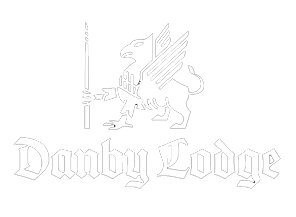Danby Lodge
FOREST OF DEAN
History
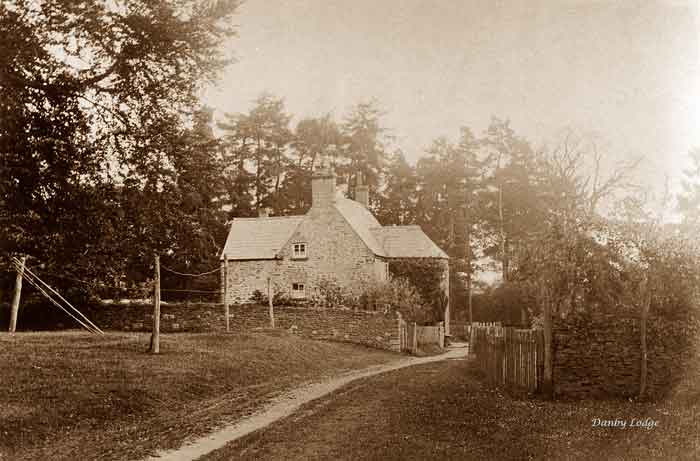
A rich and fascinating history
Danby Lodge, steeped in history, was originally built around 1675 by order of Charles II at the recommendation of Samuel Pepys.
In the mid-1670s, Charles II ordered that the Forest of Dean be divided into six walks. Each of the walks was provided with a lodge and placed in charge of a keeper. Danby Lodge is one of the six original forest lodges, named after the Earl of Danby, High treasurer to Charles II. The Earl of Danby was granted hunting rights in the woods surrounding Danby Lodge by the King.
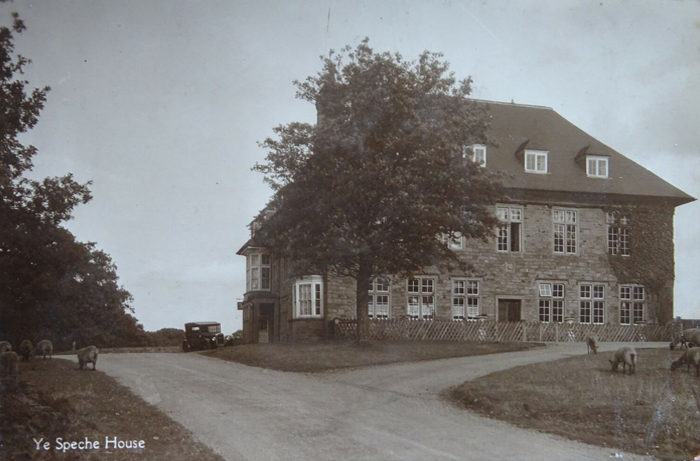
The six walks, which were then the main administrative units of the Forest, were named respectively the King’s (or Charles II’s) walk, York walk – after the king’s brother, Danby walk – after the earl of Danby, the Lord Treasurer, Latimer walk – after another of the earl’s titles, Worcester walk – after the constable, the Marquess of Worcester, and Herbert walk – after another of the marquess’s titles.
The walks were created in order to keep a watch over the wood in the forest. The Forest of Dean was one of the UK’s main sources of oak which was needed to build boats to fight the Spanish. The keepers were the six under-foresters traditionally appointed by the constable, and he continued to appoint them after the 1670s to hold office at his pleasure, besides directing some aspects of their work. Initially, the man who kept King’s walk was styled bowbearer, continuing the old title of the constable’s chief under-forester, but that usage soon lapsed. The King’s lodge was on the site where the Speech House is now located.
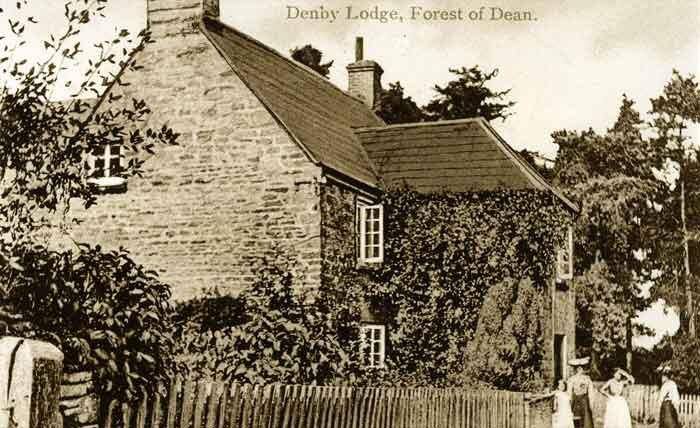
By the later 18th century the King’s walk had become known as the Speech House walk. York, Danby, Latimer, and Herbert had become known, from geographical location, as respectively Parkend, Blakeney, Littledean, and Ruardean walks. Worcester walk, which was on the west side of the demesne, adjoining Coleford, retained its old title. The new Speech House, built on the site of the old courthouse at Kensley, served as both courthouse and lodge.
The intended role of the six keepers is revealed by instructions drawn up by the Marquess of Worcester shortly after 1675. They were to make regular perambulations of their walks, checking for cattle in the enclosures and for encroachments and the building of cabins. They were to take over the regulation of commoning and impound animals found in the Forest in the prohibited seasons (the fence month and winter haining), those turned in by people without rights, and uncommonly beasts, which the instructions declared to include sheep.
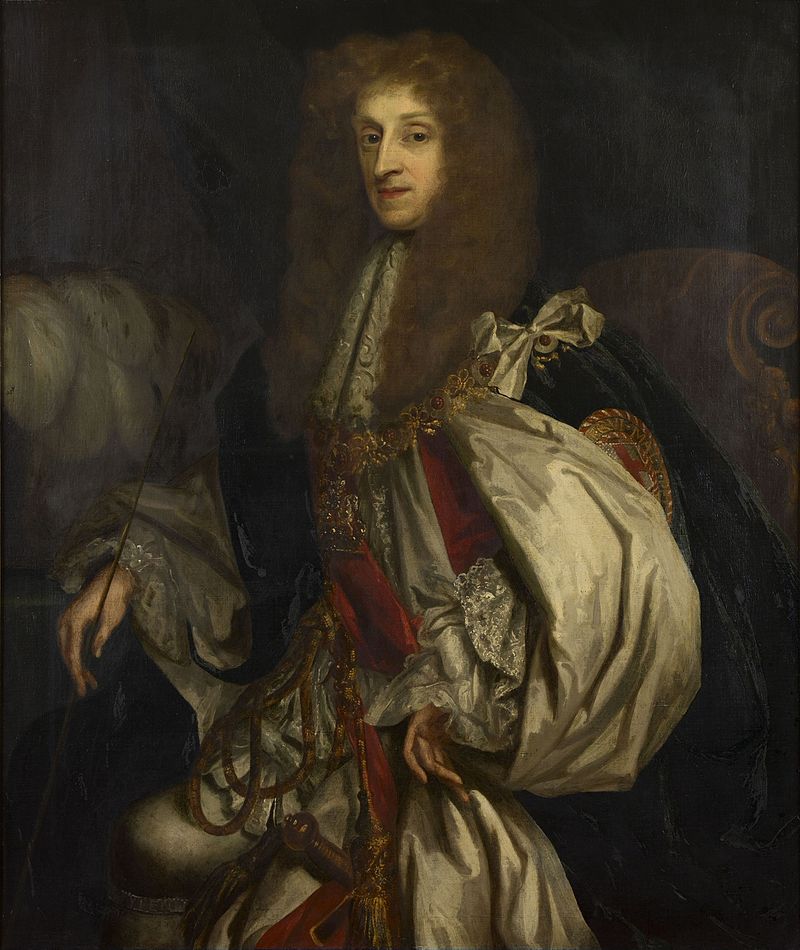
A new Forest pound for the use of the keepers was built at Parkend, though by the mid 18th century there was one adjoining each keeper’s lodge. A particular responsibility of the keepers was the preservation of the deer: they were to search houses for venison and for guns or nets, checking on dressers of skins and gunsmiths in the locality, and keeping records of all deer killed in their walks.
As well as the huge stone inglenook fireplace and massive hand-carved oak beams in the dining hall, other fascinating historic features abound at the house. There is the huge stone trough to the rear of the house, the old stone steps that appear to lead nowhere (they have a purpose – try and guess what it is), the flagstone paving around the house, and the dry stone walls surrounding it. The house itself reveals a great deal of its history in the types of stone used and the different materials used in different parts of the house. It has a long and interesting story to tell.
